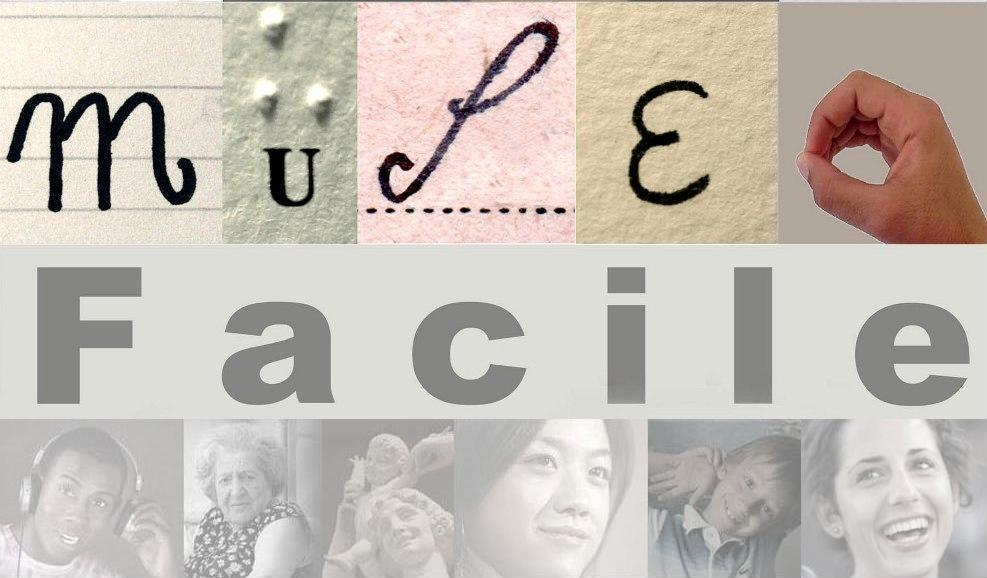His full-length and half-length sculptures
The group of artworks in the round exhibited in the middle of the hall sums up Giuseppe Albano’s artistic path: from Domenico Trentacoste’s influence to the inclination towards a “return to order” – starting from the 1920s, when the fascist regime was already fully established – whose objective is to recover aesthetical values, mediating between reality and abstraction, and classical shapes, characteristic features of Purism: all of this as a reaction to the traumatic experience of the Great War.
At this time, sculpture has a marginal role in the renovation that affects the arts. The most important artists belong to the previous generation, from the revolutionary Vincenzo Gremito and Medardo Rosso to the main representatives of Scapigliatura, Liberty and Symbolism, or the protagonists of “Valori Plastici”, such as Arturo Martini. In the 1930s, instead, artists still look back to the art of the past. The theme is, primarily, the human body, portrayed in very different ways, sometimes influenced by the great French sculptor Auguste Rodin, sometimes inspired by Classical aesthetics.
Giuseppe Albano’s production, affected by the influence of his friend and master Domenico Trentacoste, develops in the artistic scene of this period.
The use of two different materials (chalk and bronze) in some of the exposed artworks (several bronzes were made after the artist’s demise) allows the observer to appreciate both physical and psychological details, such as the elegance of the Bust of a woman and Psyche, or the tenderness of Eros and the timid child from the Study for a young John the Baptist.
